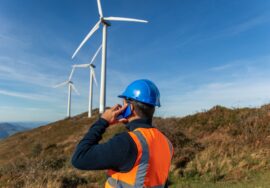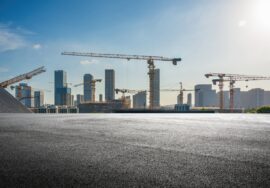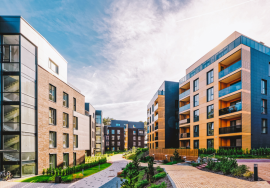How Construction Technology is Improving Sustainability
How Construction Technology is Improving Sustainability
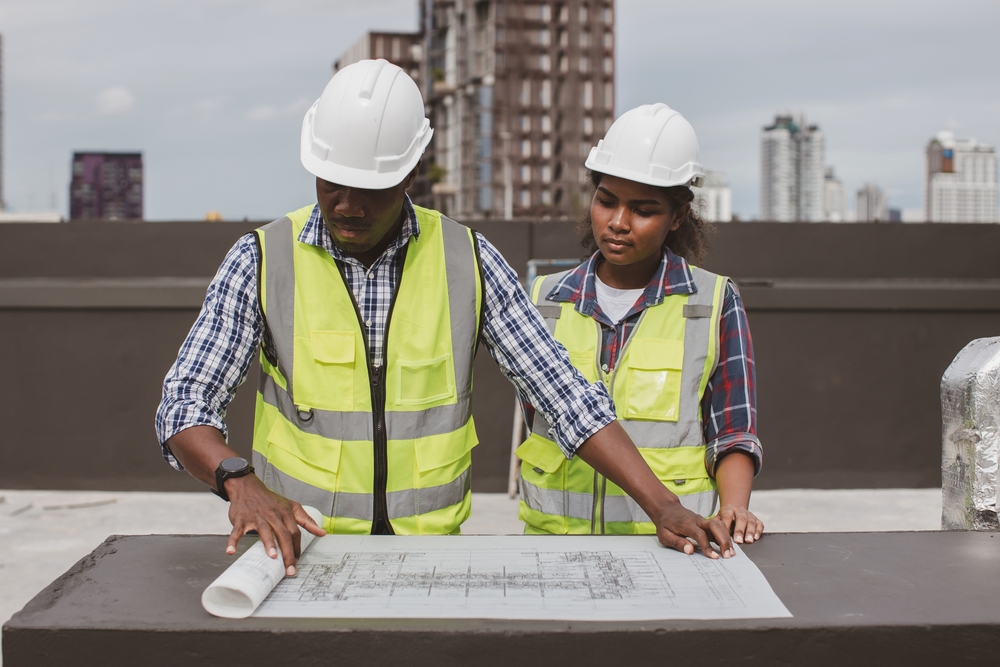
Construction Technology is Improving Sustainability: The construction industry, historically known for its environmental impact, is undergoing a transformation thanks to advances in technology. With sustainability becoming a top priority for many governments, businesses, and communities, construction technology is playing a pivotal role in reducing waste, conserving resources, and minimizing carbon footprints. Here’s a look at how modern technologies are driving sustainability in the construction industry.
1. Building Information Modeling (BIM) for Efficient Design
Building Information Modeling (BIM) is a digital tool that allows for the detailed planning, visualization, and simulation of construction projects. By improving design accuracy and coordination, BIM minimizes waste and maximizes efficiency.
Sustainability Benefits:
- Reduced Waste: By visualizing the entire project digitally, BIM helps detect design clashes or issues early, reducing the need for rework and the associated material waste.
- Energy-Efficient Design: BIM can simulate the energy performance of buildings, allowing architects and engineers to optimize the design for energy efficiency and lower long-term environmental impact.
- Material Optimization: BIM enables better planning of material quantities, reducing excess ordering and waste.
Example:
BIM can simulate the behavior of sunlight in a building, allowing designers to maximize natural light and reduce energy consumption by minimizing the need for artificial lighting.
2. Prefabrication and Modular Construction
Prefabrication involves producing building components off-site in a controlled factory environment, while modular construction entails assembling these prefabricated sections on-site. This approach reduces resource consumption and waste.
Sustainability Benefits:
- Less Material Waste: In a factory setting, materials can be precisely cut and used, reducing offcuts and excess waste compared to traditional on-site construction.
- Energy Efficiency: Prefabricated modules are often built to tighter specifications, resulting in more energy-efficient buildings.
- Reduced Site Disruption: With much of the work done off-site, there’s less environmental disruption at the construction site, including reduced noise and dust pollution.
Example:
Modular construction has been used in creating sustainable housing projects where the waste is drastically reduced, and the process is faster and more efficient compared to conventional construction.
3. Drones for Efficient Site Management
Drones are now widely used in construction for site surveys, monitoring, and inspections. They provide real-time data and images of construction progress, helping improve efficiency and reduce unnecessary resource consumption.
Sustainability Benefits:
- Reduced Energy Use: Drones can quickly assess large areas without the need for heavy machinery or human labor, cutting down on fuel usage.
- Accurate Data Collection: Drones help track construction progress more efficiently, ensuring materials are used as planned and reducing the likelihood of overordering.
- Improved Site Planning: By providing aerial views, drones assist in optimizing site layout to reduce environmental disruption.
Example:
Drones are used to map topography before construction, ensuring that the building layout has minimal impact on the natural environment, such as existing trees, water sources, and habitats.
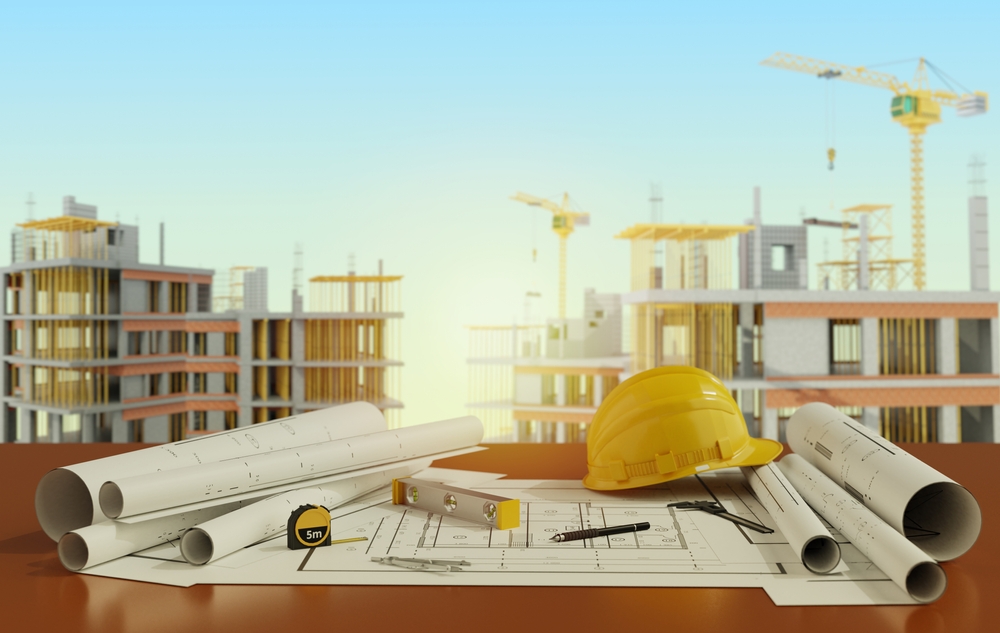
4. Green Building Materials
Advances in construction technology have led to the development of sustainable materials that have a lower environmental impact. These include recycled materials, materials with lower embodied energy, and those that contribute to a building’s energy efficiency.
Sustainability Benefits:
- Reduced Carbon Footprint: Using materials like recycled steel, reclaimed wood, or low-emission concrete helps reduce the carbon footprint of construction projects.
- Energy Efficiency: Innovative materials, such as insulating glass or eco-friendly roofing materials, help reduce a building’s energy consumption throughout its lifespan.
- Durability: Many modern sustainable materials are designed to last longer, reducing the need for replacements and saving resources over time.
Example:
Self-healing concrete, a new technology that repairs its own cracks over time, reduces maintenance needs and extends the lifespan of concrete structures, cutting down on material use.
5. 3D Printing for Sustainable Construction
3D printing is revolutionizing construction by enabling the creation of entire building components using fewer resources and less waste. This technology can print structures layer by layer with pinpoint precision.
Sustainability Benefits:
- Reduced Material Waste: 3D printing uses only the exact amount of material needed, minimizing waste during construction.
- Lower Energy Use: 3D-printed buildings require less energy during the construction phase, as the process is faster and more efficient than traditional methods.
- Recyclable Materials: 3D printing can utilize recyclable or bio-based materials, reducing the reliance on non-renewable resources.
Example:
In some projects, 3D printing technology has been used to create walls, floors, and even entire homes from recycled plastic or concrete, significantly lowering environmental impact.
6. Energy-Efficient Construction Equipment
Advances in construction technology are also improving the sustainability of construction equipment. Hybrid and electric-powered machinery, as well as autonomous vehicles, are reducing the reliance on fossil fuels.
Sustainability Benefits:
- Reduced Emissions: Electric and hybrid construction equipment emit fewer greenhouse gases compared to traditional diesel-powered machines.
- Lower Fuel Consumption: Autonomous construction equipment operates more efficiently, using less fuel and reducing operational costs.
- Increased Efficiency: Automated machines can work for longer hours with fewer errors, improving overall productivity and minimizing resource waste.
Example:
Electric bulldozers and cranes are being used in sustainable building projects, cutting down significantly on carbon emissions during construction.
7. Smart Buildings and IoT Integration
The Internet of Things (IoT) is enabling the creation of smart buildings, where sensors and connected systems optimize energy usage, monitor environmental conditions, and manage resources in real time.
Sustainability Benefits:
- Energy Efficiency: IoT-enabled systems can optimize heating, cooling, and lighting based on occupancy and usage patterns, reducing energy consumption.
- Water Conservation: Smart sensors can monitor and control water usage, preventing wastage and promoting conservation.
- Predictive Maintenance: IoT systems can predict when equipment or systems need maintenance, preventing breakdowns and extending their life cycle, reducing resource consumption.
Example:
Smart thermostats and lighting systems in commercial buildings adjust automatically based on occupancy, cutting energy usage by up to 30%.
8. Digital Twins for Monitoring and Maintenance
A digital twin is a virtual replica of a physical building or infrastructure. It collects real-time data from the building’s sensors and systems, allowing for better monitoring, performance optimization, and sustainability planning.
Sustainability Benefits:
- Reduced Energy Use: Digital twins allow facility managers to monitor and adjust building systems to reduce energy consumption.
- Improved Lifespan: Digital twins help predict maintenance needs and reduce wear and tear on infrastructure, extending its operational life.
- Environmental Impact Monitoring: Digital twins can monitor environmental impacts like energy use and emissions, allowing for adjustments that minimize the building’s footprint.
Example:
Large infrastructure projects like bridges or tunnels are monitored using digital twins to track structural performance and optimize maintenance schedules, ensuring sustainability over time.
Conclusion
Construction technology is significantly improving sustainability across the industry, from planning and design to execution and maintenance. Technologies like BIM, drones, 3D printing, IoT, and energy-efficient equipment are helping construction firms reduce waste, conserve energy, and create more sustainable buildings. As the industry continues to embrace innovation, the future of construction will likely be greener and more environmentally responsible.
External Resources for Legal Guidance
Construction Technology is Improving Sustainability
Read more related articles to enhance your knowledge and make informed decisions
10 Essential Steps in the Building Construction Process
How to Choose the Right Materials for Your Construction Project

